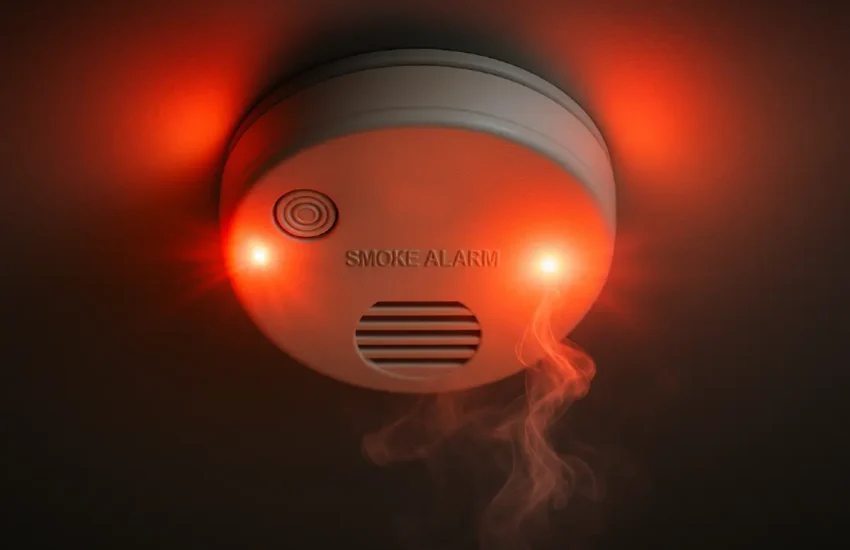Ensuring Safety in Pest Management: Vital Measures for Professionals
Pest management professionals play a crucial role in safeguarding public health and property from the nuisance and potential harm caused by pests. However, their job comes with inherent risks, ranging from exposure to harmful chemicals to encounters with aggressive pests.
Strict compliance with vital safety protocols is crucial to minimize these hazards and guarantee the well-being of both practitioners and customers.

Understanding the Risks
Pest management involves dealing with various types, from common household insects to potentially dangerous animals like rodents and venomous spiders.
Additionally, professionals from reputable pest management companies like Serve Pest Control often utilize chemical pesticides and equipment that can pose hazards if incorrectly handled. Understanding these risks is the first step toward implementing adequate safety measures.
Personal Protective Equipment (PPE)
Wearing equipment is crucial when engaging in these tasks to safeguard against potential hazards. This involves donning long-sleeved shirts, pants, and closed-toe shoes to mitigate pesticide exposure and avoid bites or scratches from pests.
Moreover, it’s imperative to wear gloves, goggles, and respirators when handling chemicals to ensure comprehensive respiratory and skin protection, thereby minimizing the risk of exposure to harmful substances.
Proper attire shields against immediate dangers and promotes a safer work environment, reducing the likelihood of long-term health implications from pesticide exposure.
Chemical Handling and Storage
Pesticides are effective tools in these services but can also be hazardous if mishandled. Professionals must follow strict protocols when mixing, applying, and storing chemical pesticides to prevent accidents and minimize environmental impact.
This includes using designated mixing and application equipment, avoiding spills, and securely storing chemicals in well-ventilated areas away from food, water sources, and children or pets.
Training and Education
Ongoing training and education remain vital for professionals to stay abreast of industry-leading methodologies, safety protocols, and emerging technologies.
This includes proper pesticide application techniques, pest identification, and emergency response procedures. By investing in ongoing education, professionals can enhance their skills and knowledge, improving safety and efficacy in controlling practices.
Emergency Preparedness
Despite taking preventive measures, emergencies can still occur during pest management operations. Professionals must be prepared to handle unexpected situations, such as accidental pesticide exposure, insect bites or stings, or equipment malfunctions.
A comprehensive emergency response plan and access to first aid supplies and emergency contacts ensures swift and effective action in critical situations.
Regular Equipment Maintenance
Proper maintenance of equipment is essential to guarantee its safe and efficient performance. Professionals must consistently inspect and maintain their tools and machinery, such as sprayers, traps, and protective gear.
This routine examination enables them to promptly identify any emerging issues and take corrective measures, thus averting equipment failures and mitigating the likelihood of accidents or injuries during these tasks.
Additionally, regular maintenance ensures that equipment remains in optimal condition, prolonging its lifespan and maximizing its effectiveness in its control operations.
Ensuring safety in pest management is paramount for professionals to safeguard themselves and their clients.
By incorporating fundamental safety protocols, experts from respected pest control companies such as Serve Pest Control can diminish potential risks while boosting the efficiency of their pest management techniques. Ultimately, prioritizing safety protects individuals and the environment and promotes trust and confidence in the pest management industry.


